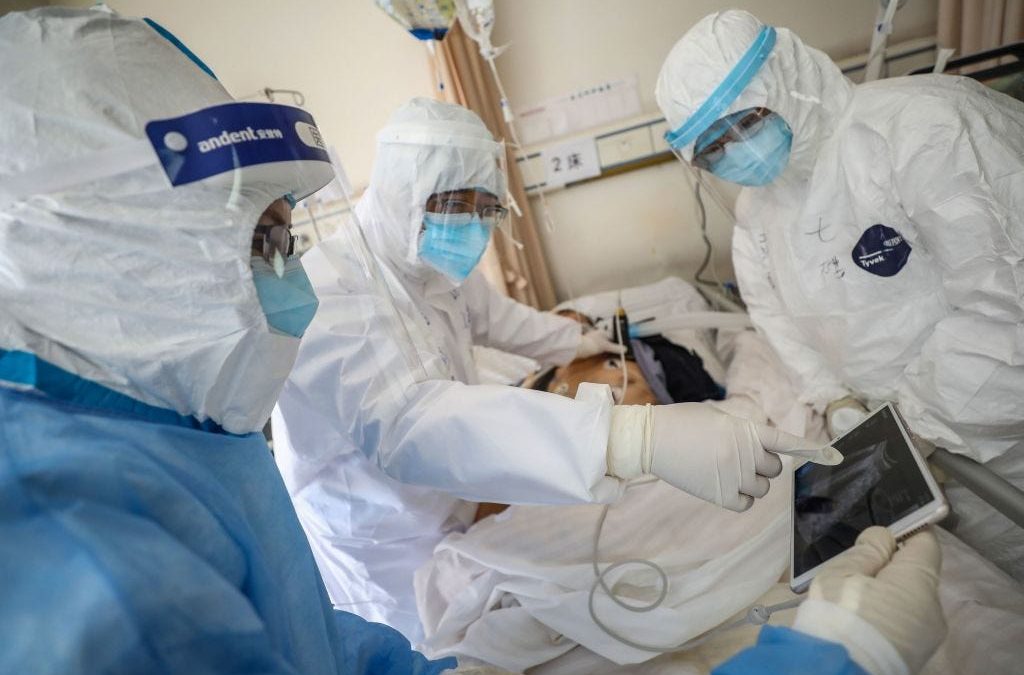In late February, as coronavirus infections mounted in Wuhan, China, local authorities went door-to-door for health checks – forcibly isolating every resident in makeshift hospitals and temporary quarantine shelters, even separating parents from young children who displayed symptoms of COVID-19, no matter how seemingly mild.
Caretakers at the city’s ubiquitous large apartment buildings were pressed into service as ad hoc security guards, monitoring the temperatures of all residents, deciding who could come in, and implementing inspections of delivered food and medicines.
Outside, drones hovered above streets, yelling at people to get inside and scolding them for not wearing face masks, while elsewhere in China facial-recognition software, linked to a mandatory phone app that color-coded people based on their contagion risk, decided who could enter shopping malls, subways, cafes and other public spaces.
Daily coronavirus updates:First thing in the morning to your inbox. Sign up for USA TODAY’s Daily Briefing here.
“We couldn’t go outside under any circumstances. Not even if you have a pet,” said Wang Jingjun, 27, a graduate student who returned to Wuhan from the Chinese coastal province of Guangdong, which borders Hong Kong and Macau, in mid-January to live with her elderly mother and grandparents. “Those with dogs had to play with them inside and teach them to use the bathroom in a certain spot,” she said.
China’s zero contact: ‘It seems extreme. It works’
As the epicenter of the coronavirus pandemic has moved to the United States, Chinese officials and public health experts insist that even if President Donald Trump were to immediately adopt all the strict testing and lockdown measures that Western scientific advisers are advocating, these actions would still not be sufficient to stem the spread of a disease that is swiftly approaching a million worldwide cases.


